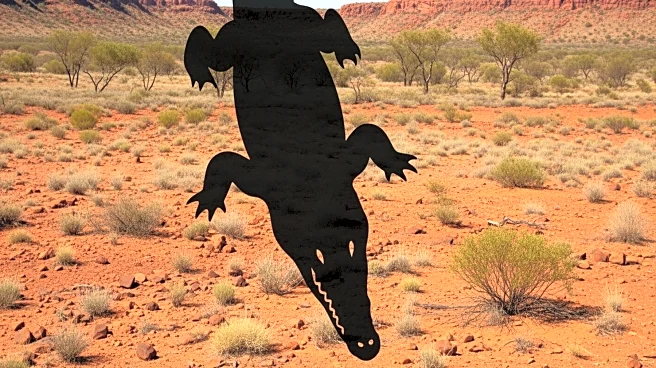What's Happening?
A team of researchers led by Love Dalén has successfully extracted RNA from a woolly mammoth named Yuka, which lived approximately 39,000 years ago. This groundbreaking discovery provides a snapshot of gene
activity at the time of the mammoth's death, revealing insights into muscle function and stress responses. The study, published in the journal Cell, challenges previous assumptions about RNA's stability and highlights the potential for RNA analysis to enhance our understanding of ancient life. The research offers a unique perspective on the biological processes of extinct species, contributing to the field of paleogenetics.
Why It's Important?
The extraction of ancient RNA marks a significant advancement in genetic research, offering new opportunities to study the biology and evolution of extinct species. This research could inform de-extinction efforts and provide valuable insights into the genetic traits of woolly mammoths, potentially influencing conservation strategies for modern species. Additionally, the study highlights the potential for RNA analysis to uncover the evolutionary history of RNA viruses, offering important information for virology and public health. By expanding the scope of genetic research, scientists can gain a deeper understanding of the biological world and its history.
What's Next?
Researchers plan to continue refining RNA extraction techniques and explore their applications in studying other ancient organisms. This ongoing research may lead to new discoveries about the biology and evolution of extinct species, potentially influencing conservation efforts and genetic engineering. The study also paves the way for future investigations into ancient RNA viruses, which could provide insights into their evolution and impact on past populations.











